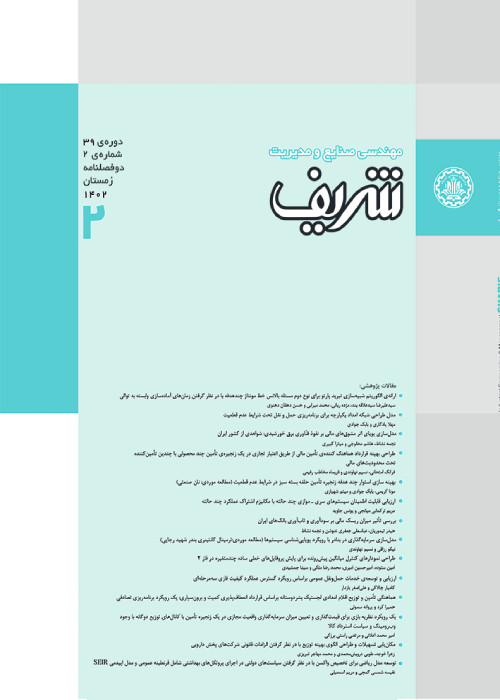LINEAR PROGRAMMING MODELS FOR LATEST OCCURRENCE TIMES IN PROJECT NETWORKS WITH IMPRECISE DURATIONS
A better perspective of characteristics of a project can be acquired by determining the time intervals within which project activities could be accomplished. Many methods capable of determining such time characteristics (e.g., CPM, PERT, etc.) are proposed. These methods mainly draw on exact activity durations or rely on historical data, whilst in real projects, the estimates are quite rough, imprecise, and somehow vague in nature, they are usually estimated by experts. Hence, application of fuzzy numbers for modeling activity durations rather than crisp or stochastic variables have pervaded the literature in recent years. In a network with fuzzy durations, the possible early starting times of activities and events are computable through alteration of crisp arithmetic with fuzzy arithmetic. However, this technique fails to nd the latest correct starting times; hence, a number of methods have been presented to cope with this problem. Whereas these methods can tackle the problem of computing the latest starting times of activities in a network with imprecise durations, all of them are indeed abstruse, and demand apprehending and implementing complex computer algorithms beyond the ken of many practitioners of the project management methodology. In this paper, we propose a mathematical programming approach to solve the aforementioned problem in a vivid and handy manner, which is readily graspable to applicants with a basic knowledge of Operations Research. To begin with, we present two straightforward Linear Programming models to compute the early starting times of events in a network with interval durations. Then, we proceed to the latest starting times and put forward two Integer Non- Linear Programming models (one for the lower bound and the other for the upper bound) to delineate the incipient scheme behind the propounded approach. These models integrate the longest path model of CPM with its dual to calculate the upper and lower bounds of the latest occurrence times of the project events. Afterwards, we linearize these two models to acquire undemanding binary LP models solvable by means of common mathematical programming software. Finally, an cuts based routine to generalize the model to encompass fuzzy numbers, as well as interval durations, is investigated.
- حق عضویت دریافتی صرف حمایت از نشریات عضو و نگهداری، تکمیل و توسعه مگیران میشود.
- پرداخت حق اشتراک و دانلود مقالات اجازه بازنشر آن در سایر رسانههای چاپی و دیجیتال را به کاربر نمیدهد.


